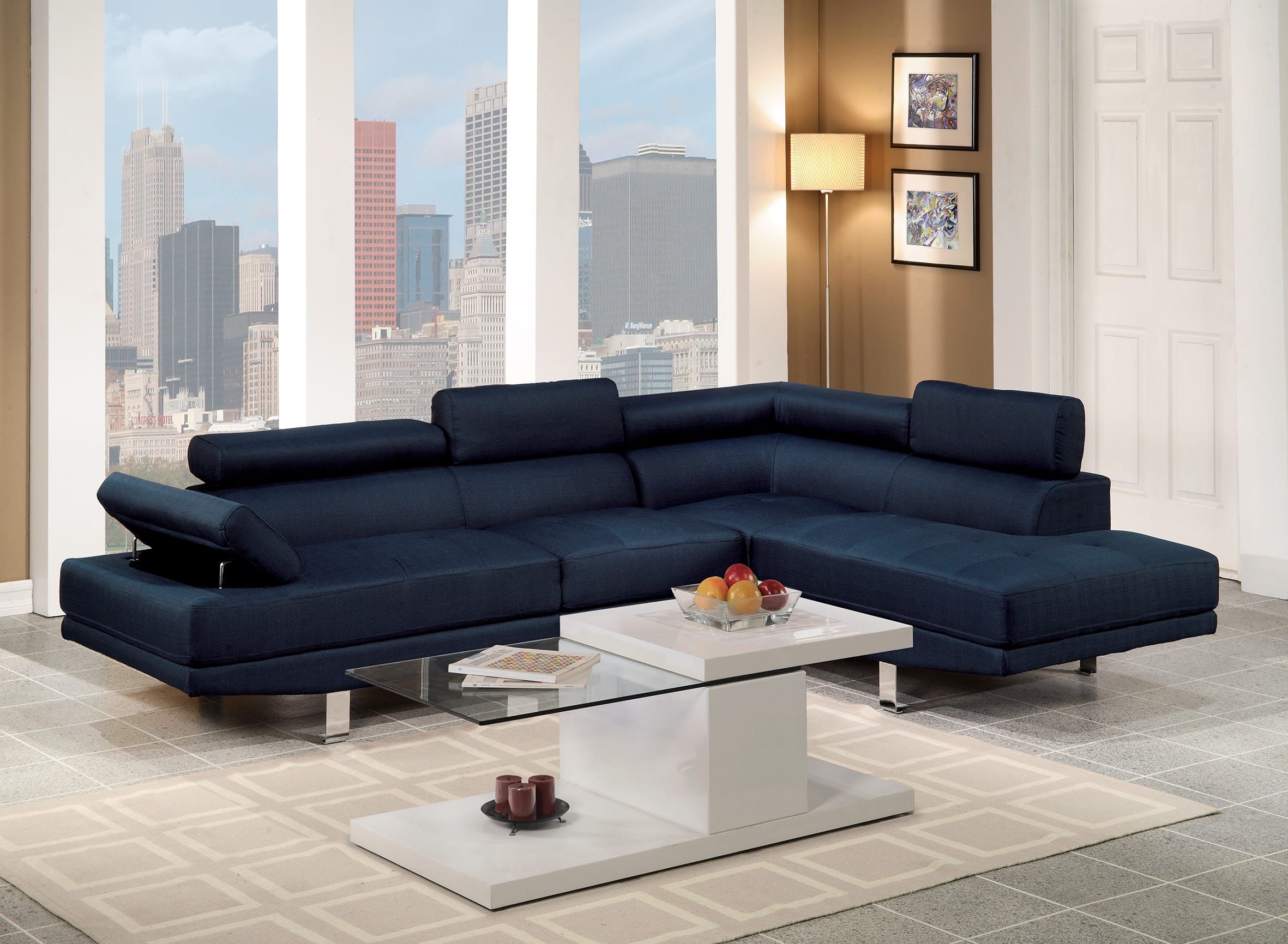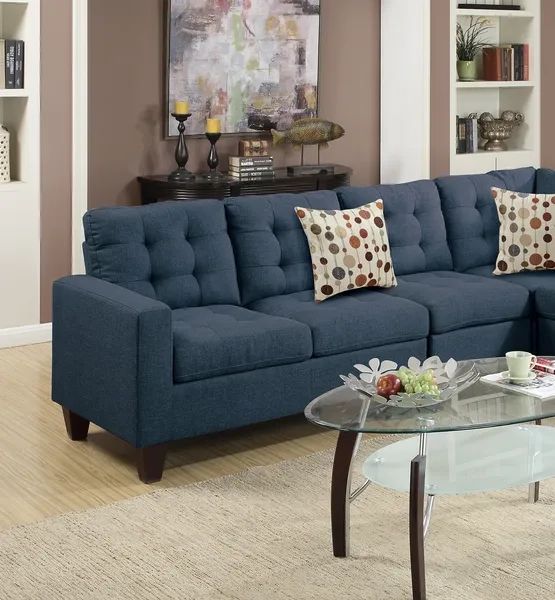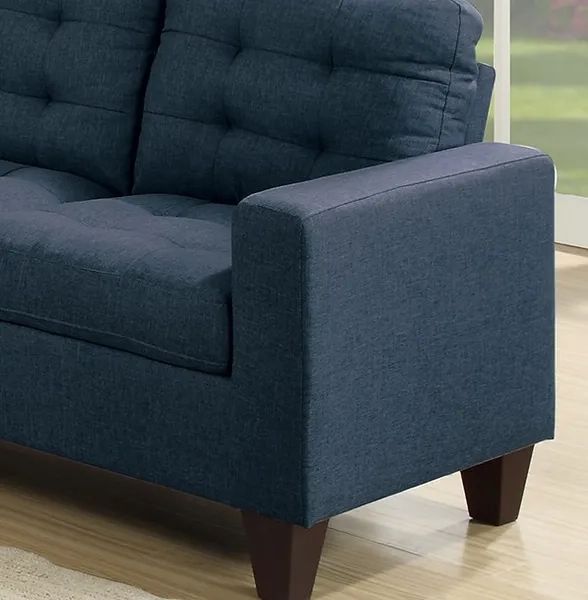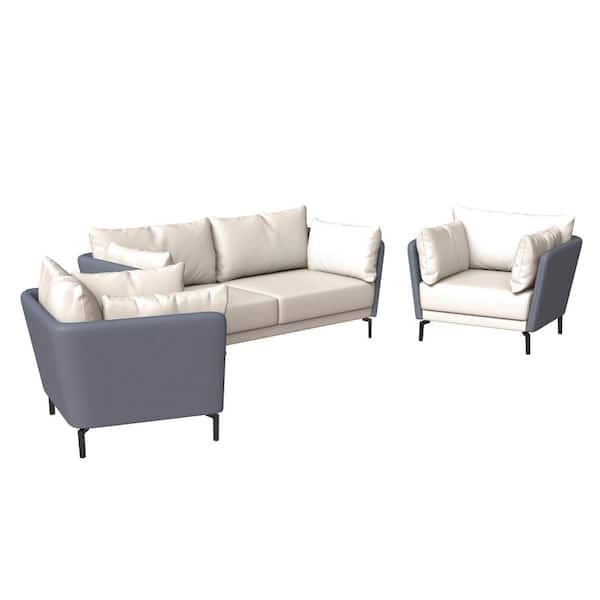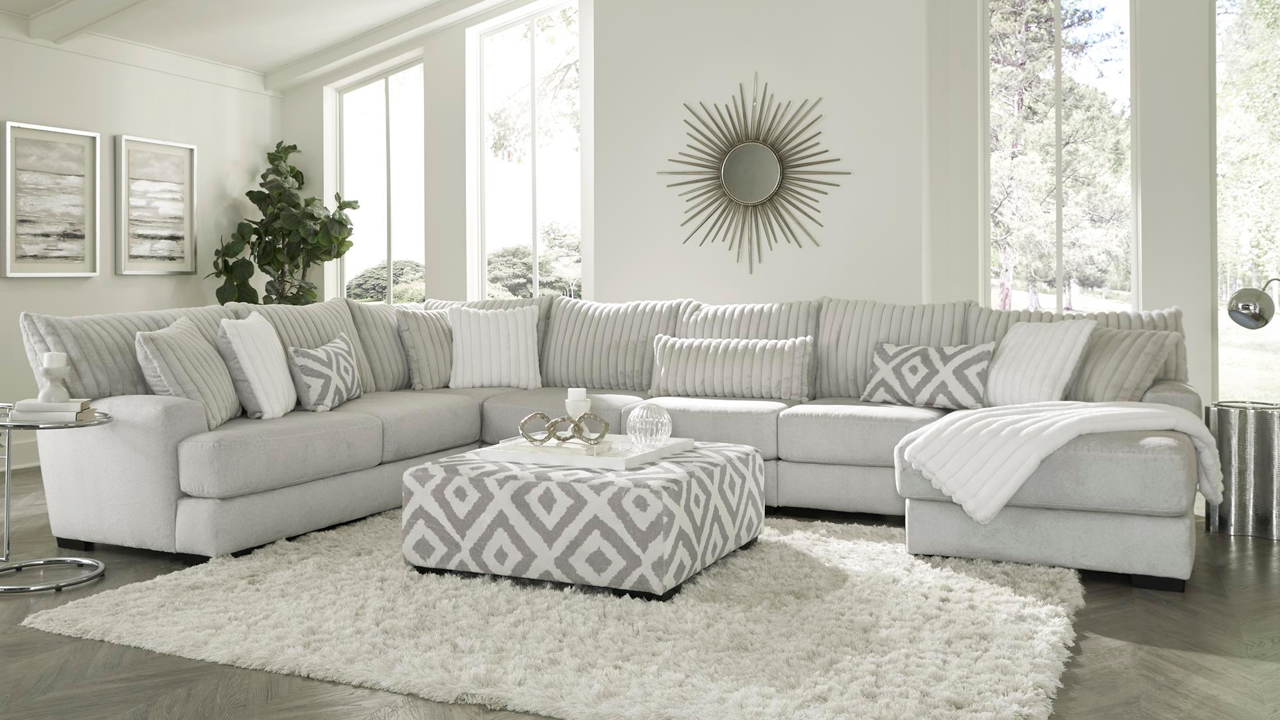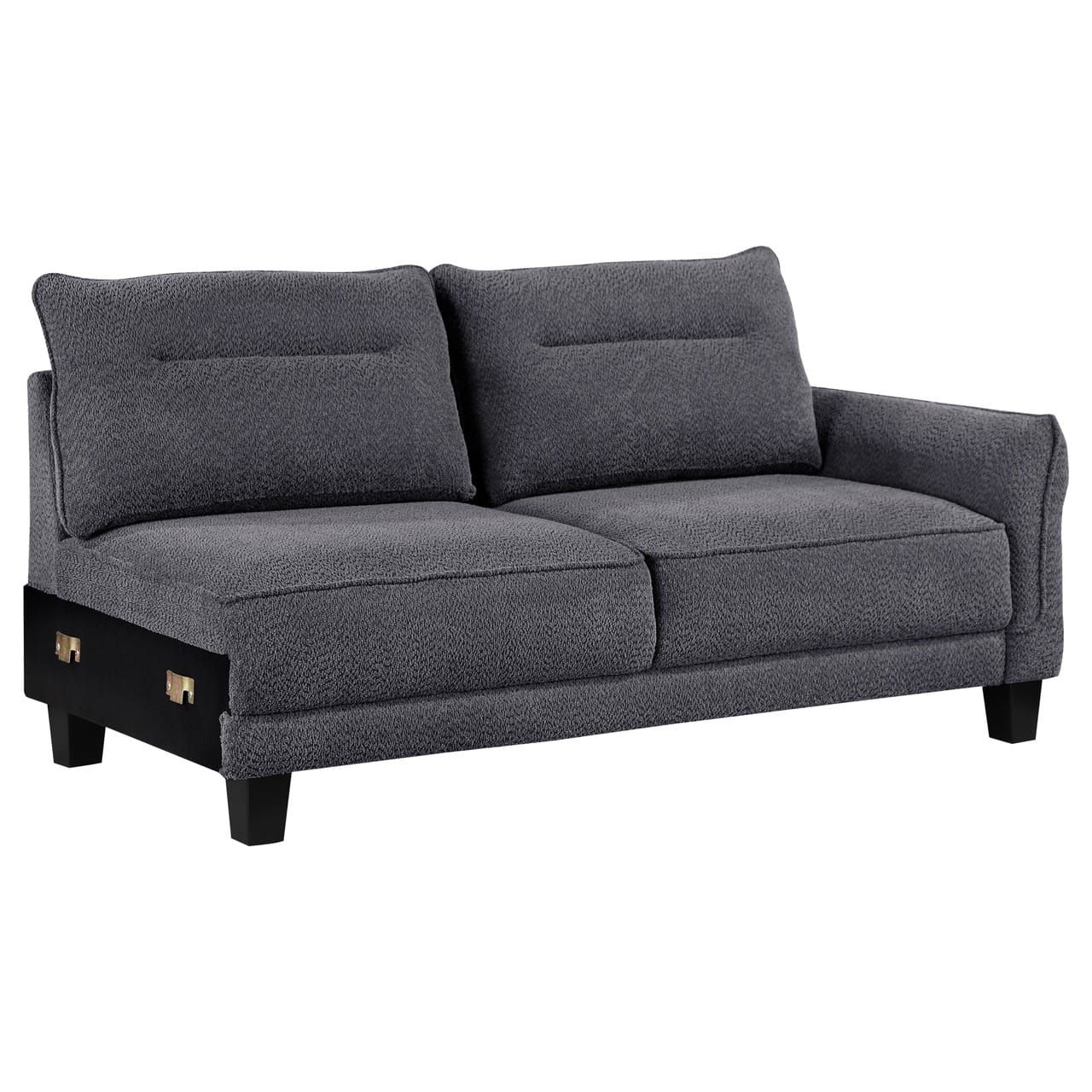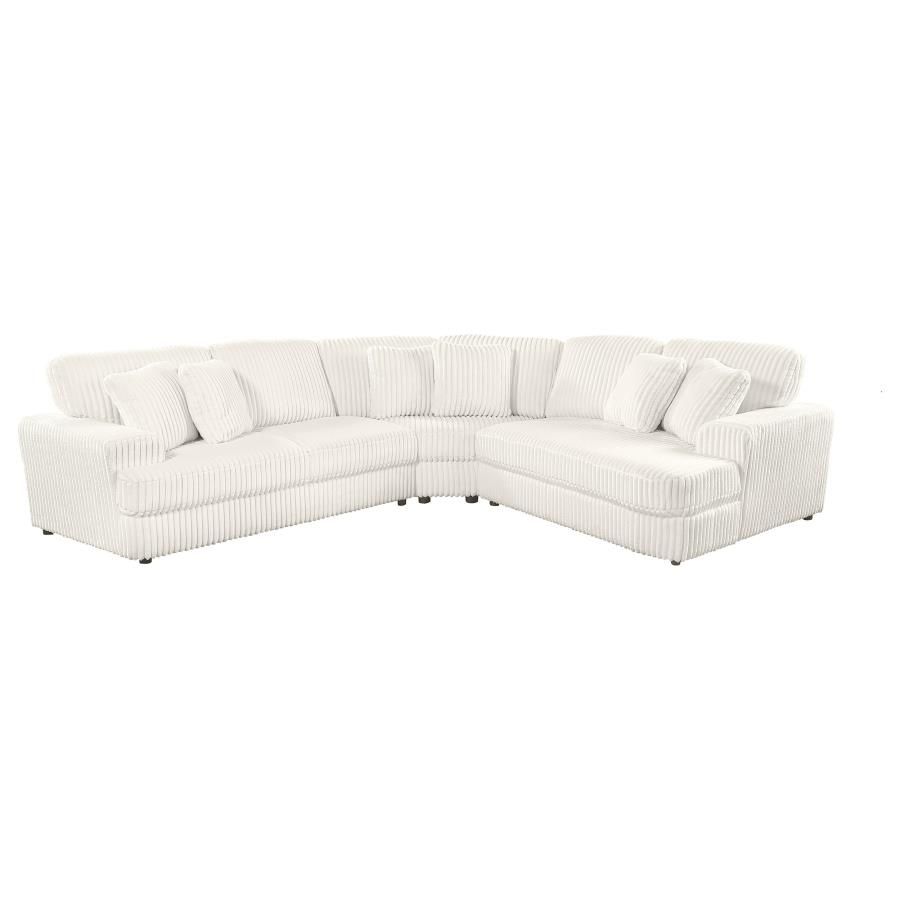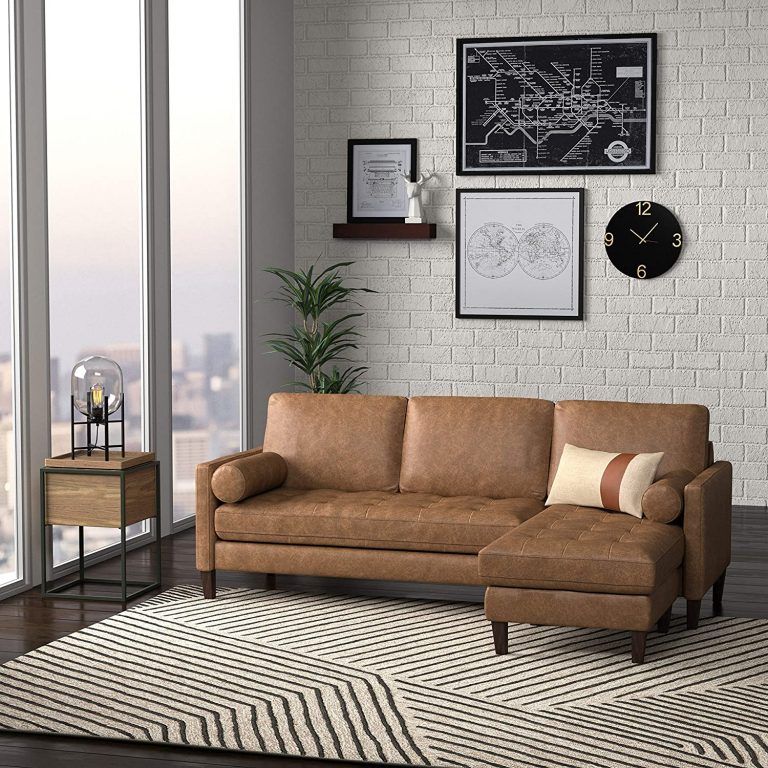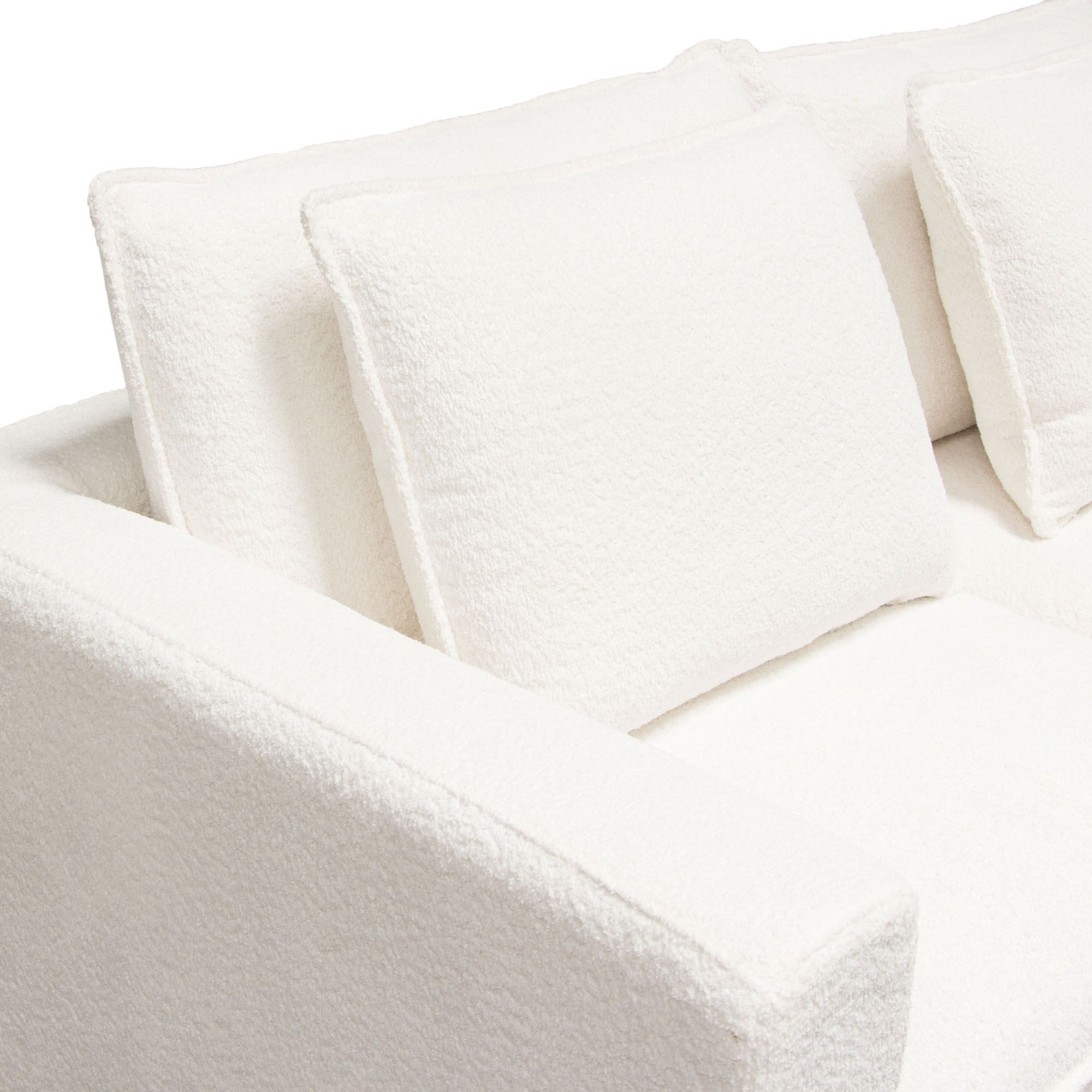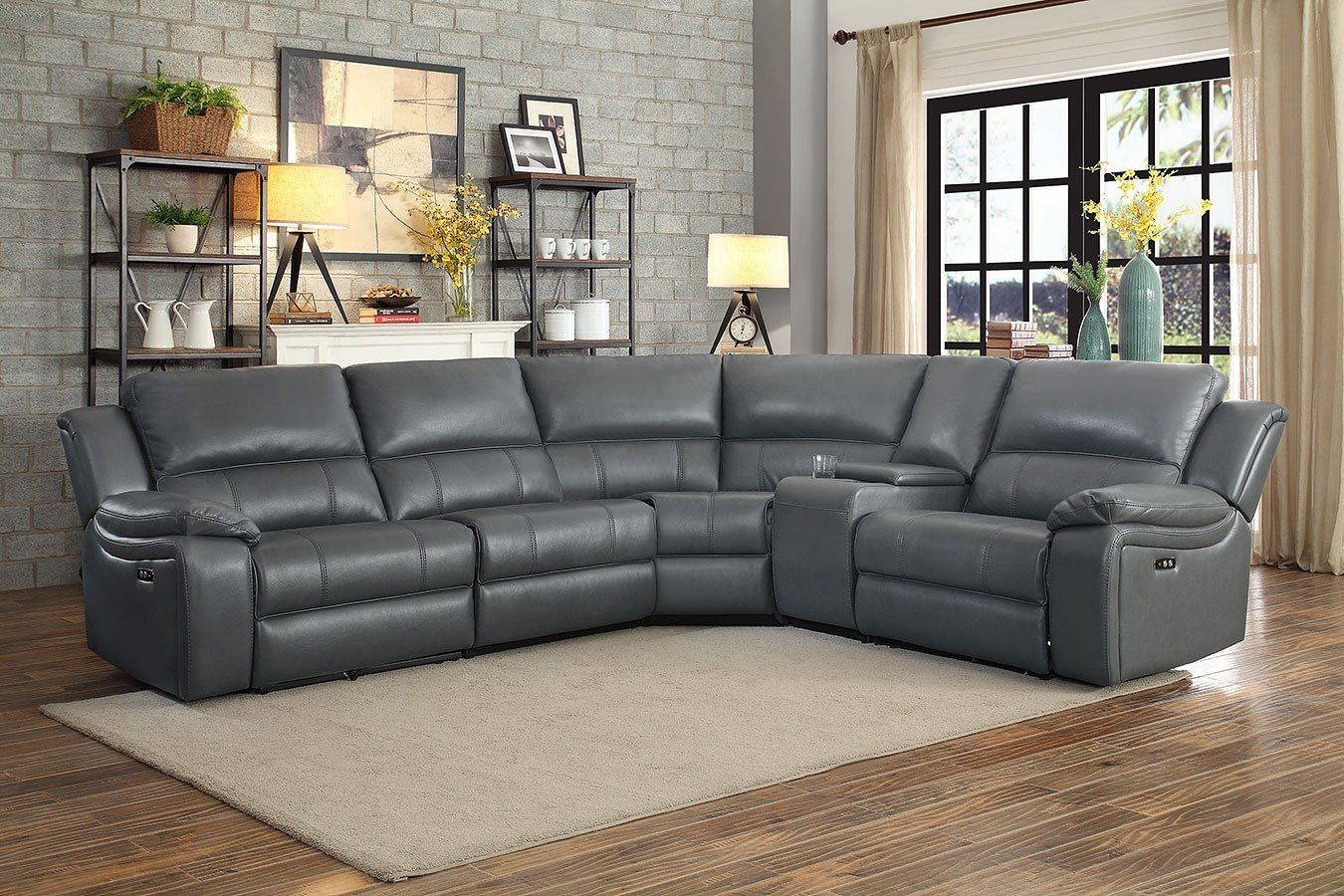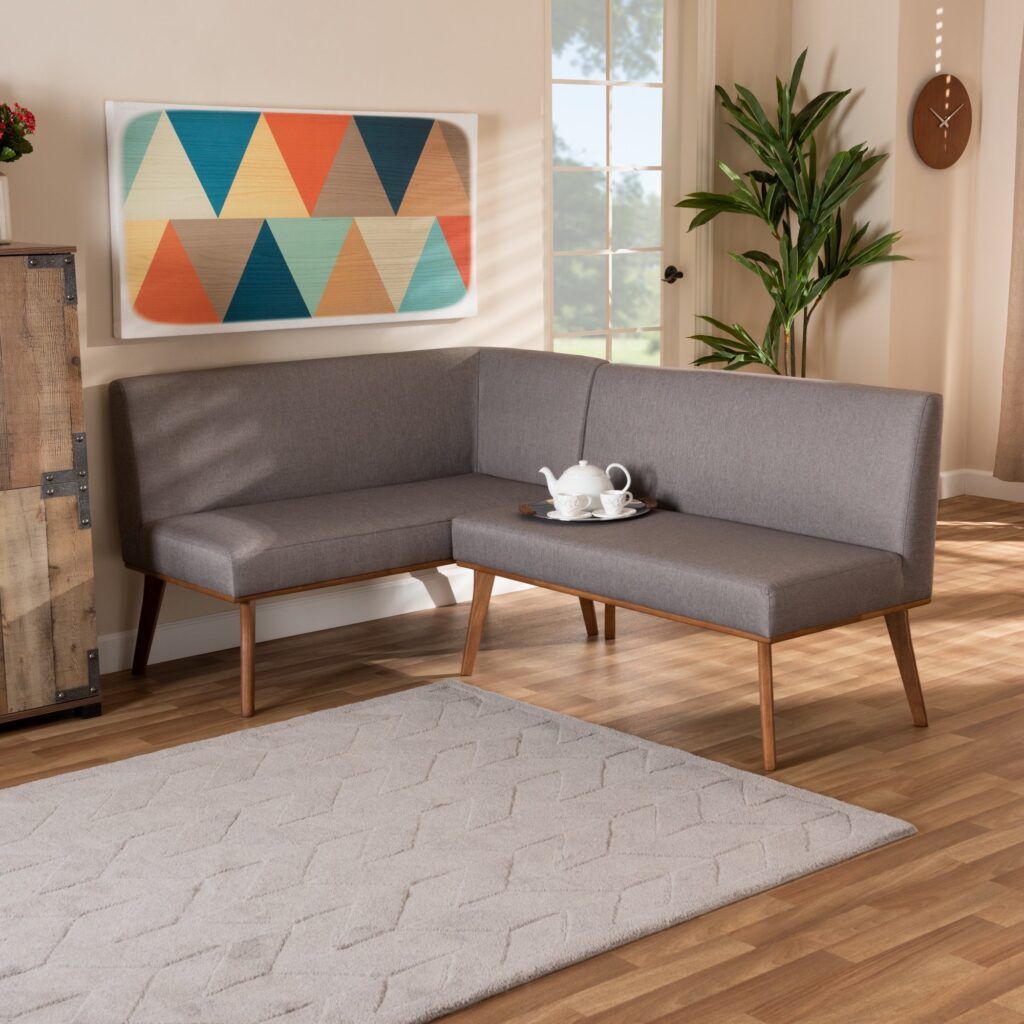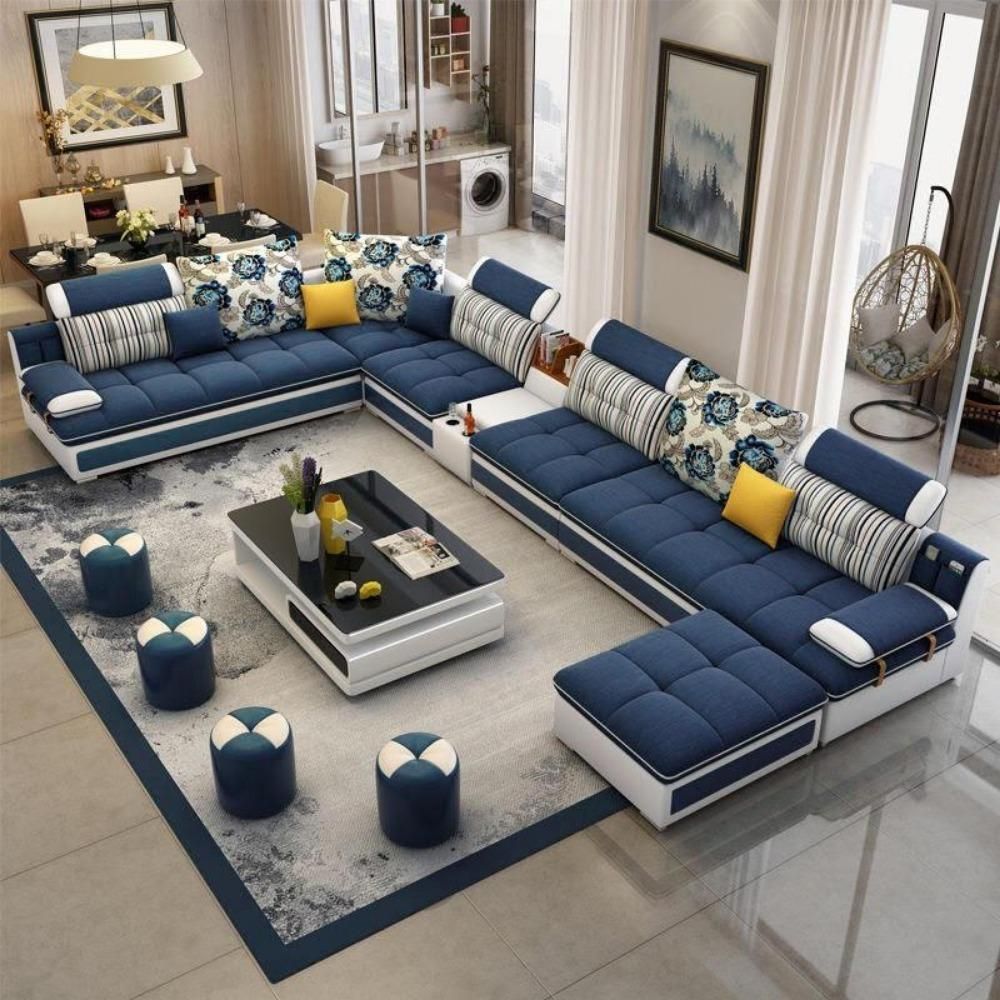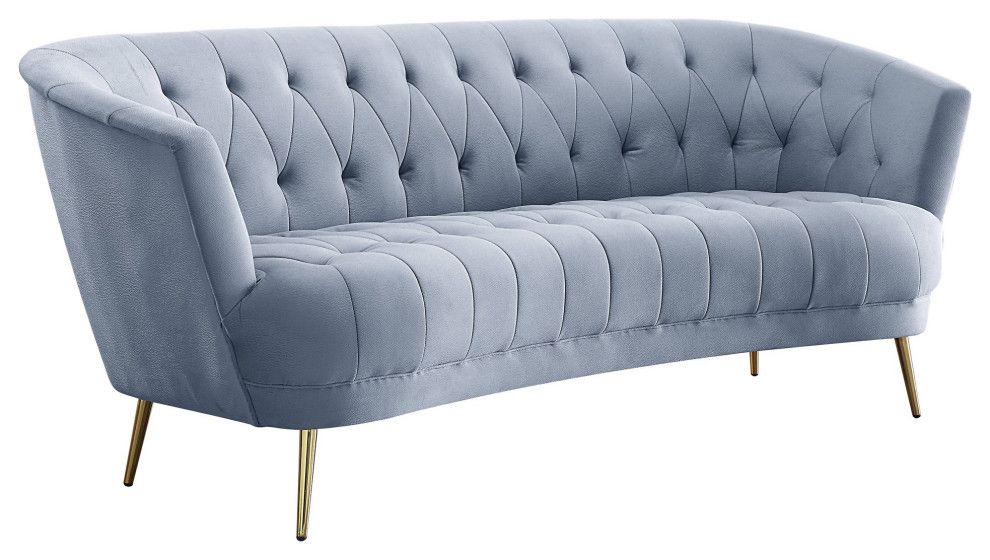You’ve invested in a comfy polyfiber sectional, and now you’re wondering: how long is this thing going to stay in good shape? It’s a great question. The durability of your couch hinges on a bunch of things, from the quality of the polyfiber to how you actually use it. This article is your deep dive into understanding what makes these sectionals tick, what impacts their lifespan, and, most importantly, how to keep yours looking and feeling great for years to come. Let’s dig in.
Polyfiber sectionals are super popular. They’re often praised for being budget-friendly, comfy, and available in a wide array of styles. But, are they built to last? That’s the million-dollar question. This article is your guide to understanding the durability of these sofas. We’ll break down the different factors at play, from the type of polyfiber used to the way you care for it. Get ready to become a pro at keeping your sectional in tip-top shape.
What Exactly Is Polyfiber, Anyway?
Let’s start with the basics. Polyfiber, or polyester fiber, is a man-made material. It’s generally made from plastic, and it’s really adaptable. The stuff used in furniture is usually spun into fibers and then woven into fabric. It’s often mixed with other materials, like cotton or linen, to improve its characteristics. This blend is key. The proportion of polyfiber versus other fibers impacts the fabric’s durability, feel, and how easily it stains or wears out. A higher polyfiber percentage often means more resistance to wear and tear, but it can also feel a little less breathable and a bit more prone to static cling. You’ll often see it described by terms like ‘polyester blend’ or just ‘polyester’ in the fabric information. Pay attention to this, because it gives you clues about what you’re buying.
And, remember, how well it’s made matters! Even with the same fabric, the way the fibers are woven, the stitching, and the overall construction of the sectional all influence how long it’ll last.
Factors That Affect Your Sectional’s Lifespan
Several things have a big impact on how long your polyfiber sectional will stick around. Here’s the rundown:
- Fabric Quality: This is a big one. Higher-quality polyfiber blends, with a tighter weave, are more resistant to wear, fading, and stains. Look for fabrics that have been treated to resist stains and spills. Often, you’ll see terms like ‘performance fabric’ or ‘stain-resistant’ in the product description. These are good signs.
- Construction Quality: The frame, the springs, and the overall construction of the sectional are incredibly important. A sturdy frame, made from hardwood, will last longer than one made from cheaper materials. Check the weight capacity and read reviews to get a sense of the build quality.
- Use & Traffic: Where you put your sectional and how you use it dramatically affects its longevity. If it’s in a high-traffic living room, it’s going to get more wear than if it’s in a rarely-used guest room. If you have kids or pets, expect to clean more often. The more you use it, the faster it’ll show signs of wear.
- Sunlight Exposure: Direct sunlight can fade colors and weaken fibers over time. Try to keep your sectional out of direct sunlight, or use curtains or blinds to protect it.
- Care and Maintenance: This is where you come in. Proper cleaning and maintenance will extend the life of your sectional. We’ll dive into this in more detail below.
Cleaning and Care Tips for Your Polyfiber Sectional
Taking care of your sectional is vital. Here’s a practical guide:
- Regular Vacuuming: Vacuum your sectional weekly (or more often, if you have pets or kids). This removes dust, crumbs, and other debris that can grind into the fabric and cause wear.
- Spot Cleaning: Address spills and stains immediately. The longer a stain sits, the harder it is to remove. Blot the stain with a clean cloth; don’t rub, as this can spread the stain. Always test any cleaning solution in an inconspicuous area first.
- Using the Right Cleaners: Check the care label on your sectional for cleaning instructions. Avoid harsh chemicals or abrasive cleaners, which can damage the fabric. Many polyfiber fabrics can be cleaned with mild soap and water, but always test first. Consider using a fabric protector to help repel stains.
- Cushion Care: Fluff and rotate cushions regularly to ensure even wear. This helps prevent them from flattening out over time.
- Professional Cleaning: Consider getting your sectional professionally cleaned every year or two, especially if it gets heavy use. This can deep-clean the fabric and remove embedded dirt and grime that regular cleaning might miss.
How to Spot Signs of Wear and Tear
Knowing what to look for can help you address issues early on, before they become major problems. Here’s what to watch out for:
- Fading: Colors fading, especially on areas exposed to sunlight, is a common sign of wear. While not a structural problem, it affects the appearance.
- Pilling: Small balls of fiber forming on the surface of the fabric. This is caused by friction and is a sign of wear. You can often remove pills with a fabric shaver.
- Loose Threads and Seams: These can indicate that the fabric or the construction is starting to break down. Address loose threads promptly to prevent them from unraveling further.
- Sagging Cushions: Cushions losing their shape or becoming flat is a sign that the filling is breaking down. This can often be remedied by replacing the cushion inserts.
- Frame Issues: Wobbly legs, creaking sounds, or a feeling of instability can point to problems with the frame.
Extending the Life of Your Sectional: Practical Strategies
Beyond regular cleaning and care, there are other steps you can take to prolong the life of your polyfiber sectional:
- Use Furniture Covers: Especially if you have pets or kids, furniture covers can provide an extra layer of protection against spills, stains, and wear. They’re also easier to clean than the sectional itself.
- Protect from Sunlight: As mentioned earlier, keep your sectional out of direct sunlight or use curtains or blinds to filter the light.
- Rotate Your Sectional: If possible, rotate your sectional so that different parts get used more or less equally. This can help prevent uneven wear.
- Use a Fabric Protector: Applying a fabric protector can help repel stains and spills, making it easier to clean your sectional. Reapply the protector as directed by the manufacturer.
- Address Problems Promptly: Don’t ignore minor issues, like loose threads or small stains. Addressing them quickly can prevent them from escalating into bigger problems. For instance, if a seam is starting to come apart, get it repaired before it unravels the entire cushion.
When to Consider Replacing Your Sectional
Even with the best care, your sectional won’t last forever. Here are some signs that it might be time for a replacement:
- Significant Damage: If the frame is broken, the fabric is torn beyond repair, or the cushions are completely worn out, it’s probably time to replace the sectional.
- Uncomfortable to Use: If the cushions have lost their shape and no longer provide adequate support, or if the frame feels unstable, it’s time to prioritize comfort.
- Frequent Cleaning Issues: If you’re constantly battling stains and spills, and the sectional always looks dirty, it might be time for an upgrade.
- Changing Needs: Your needs may change. If you need more seating, or if your style or taste has changed, a new sectional might be a good idea.
- Cost of Repairs vs. Replacement: If the cost of repairing your sectional is close to the cost of buying a new one, it often makes more sense to replace it. Consider the cost of new cushions, fabric, or frame repairs before making a decision.
So, how long will your polyfiber sectional last? The answer isn’t simple, but with good care and attention, you can expect it to provide years of comfortable service. By understanding the factors that affect durability, and by following the cleaning and care tips outlined above, you can extend the life of your sectional and keep it looking its best. Remember, a little preventative maintenance goes a long way. Enjoy your comfy seating and the peace of mind that comes with knowing you’re taking good care of your investment. And, maybe, occasionally, you’ll find yourself adding a new throw pillow or two to keep things fresh! Happy relaxing.
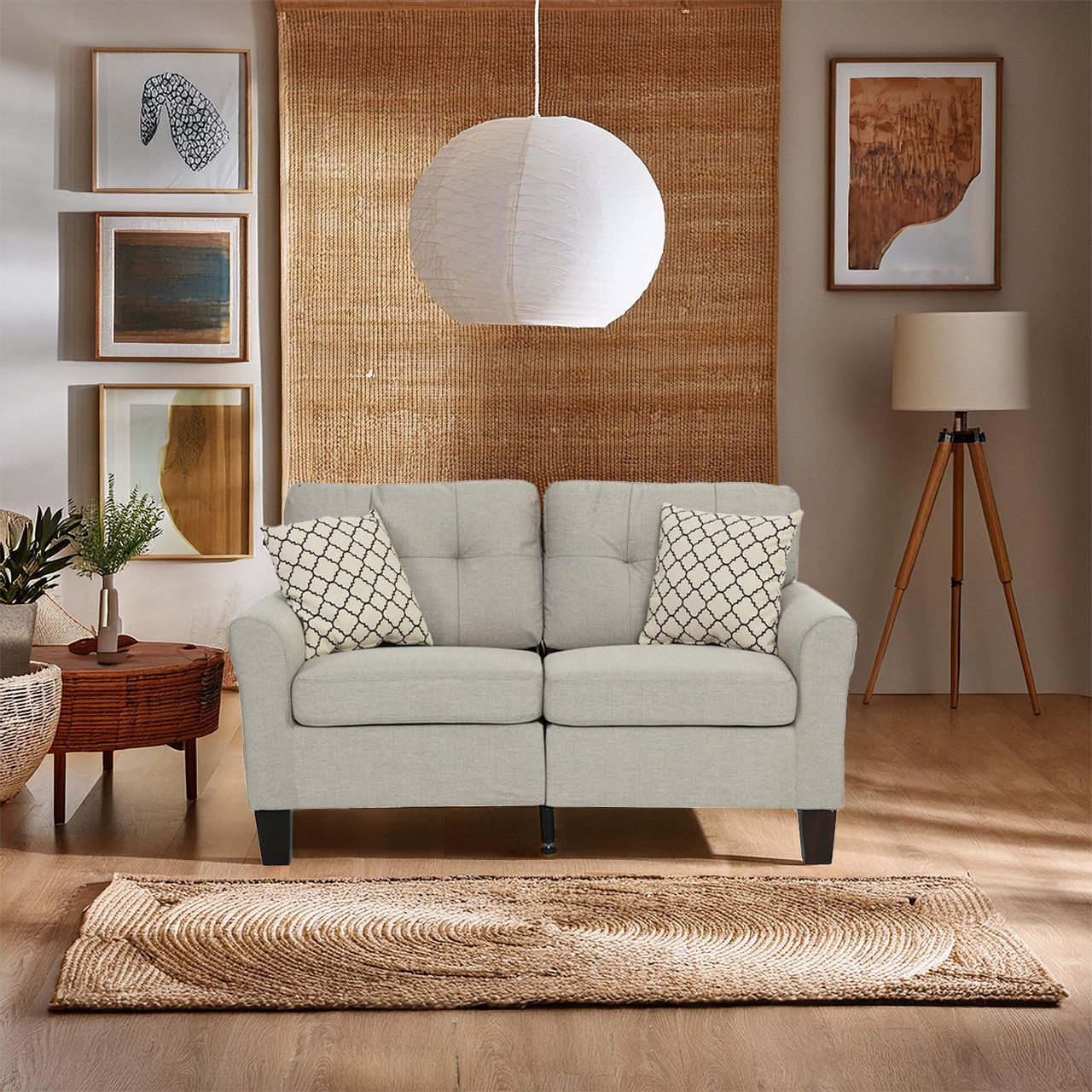
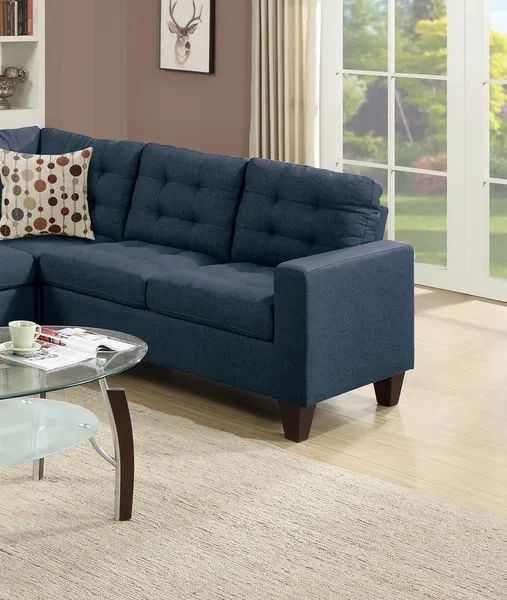
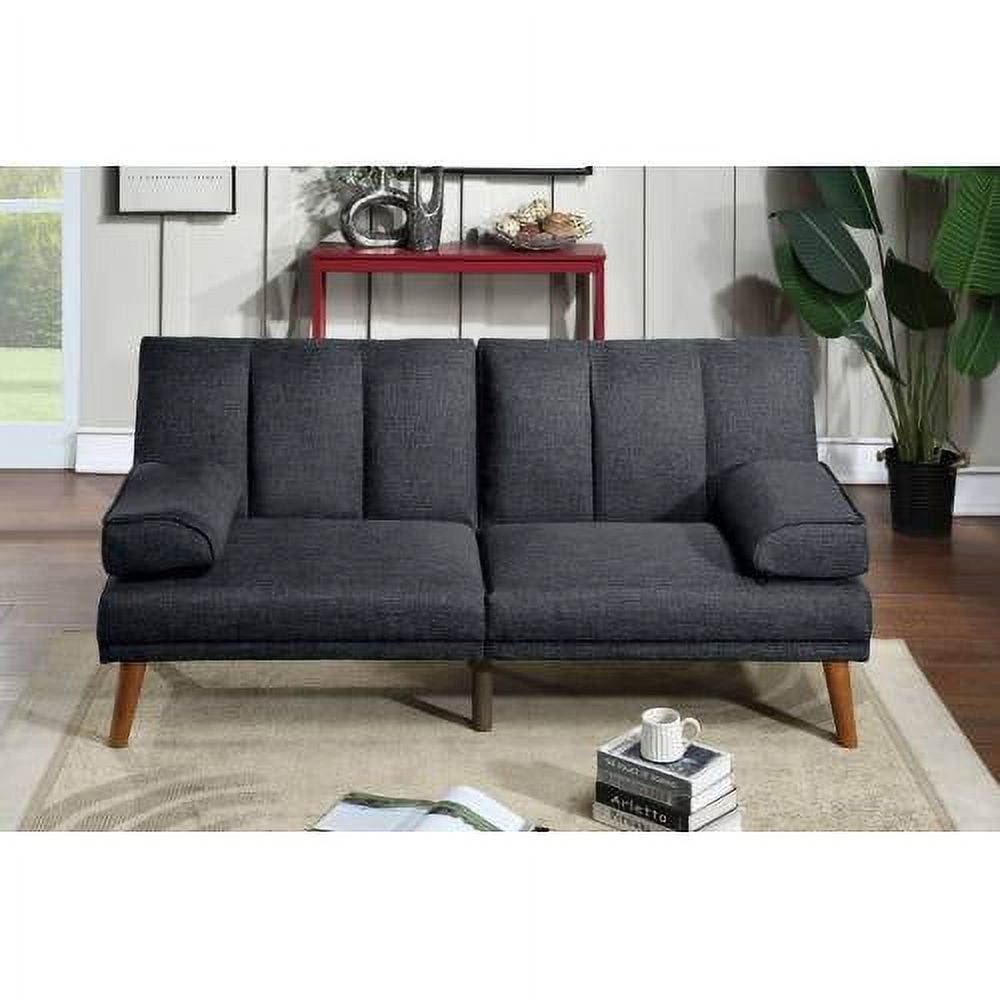
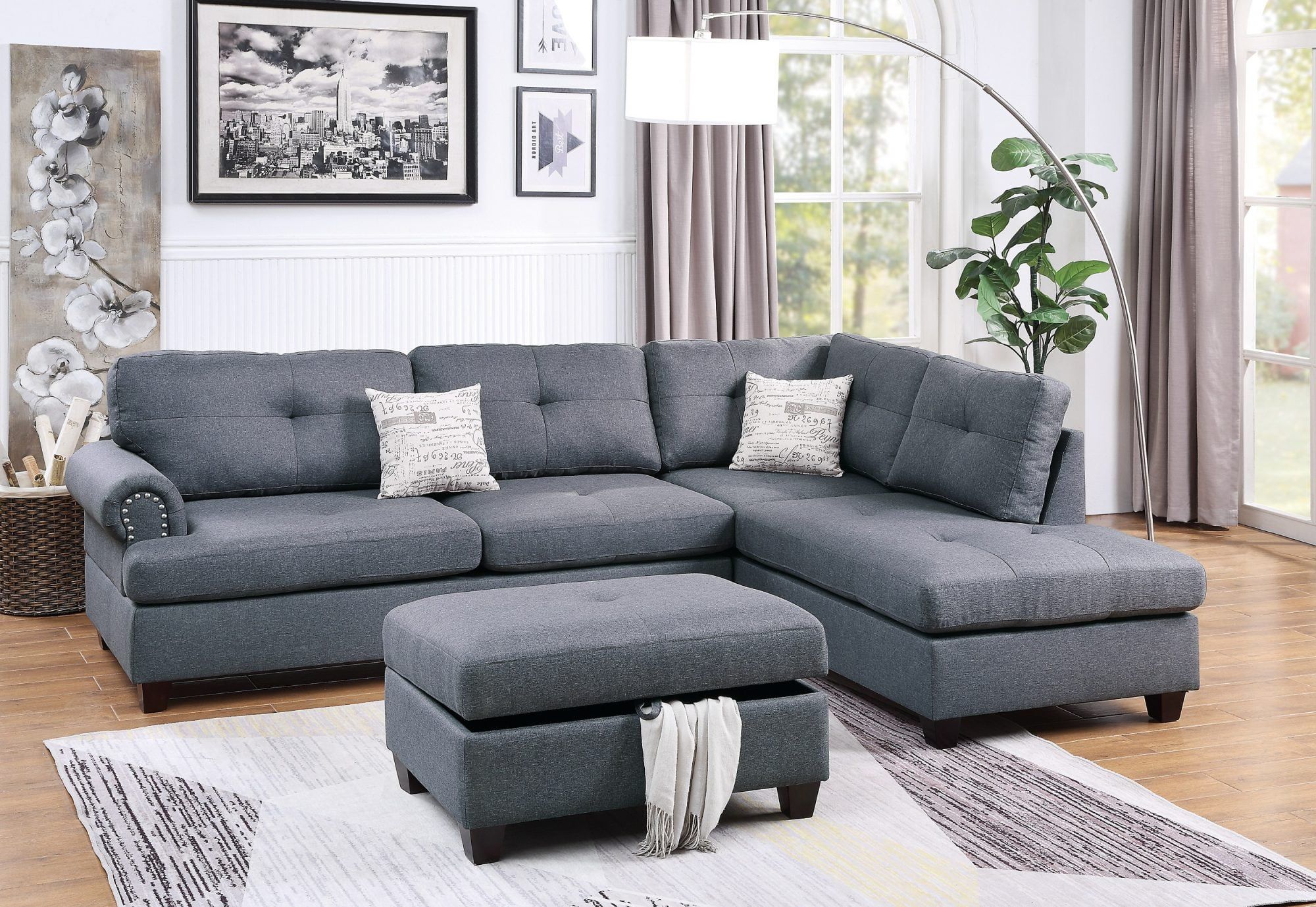
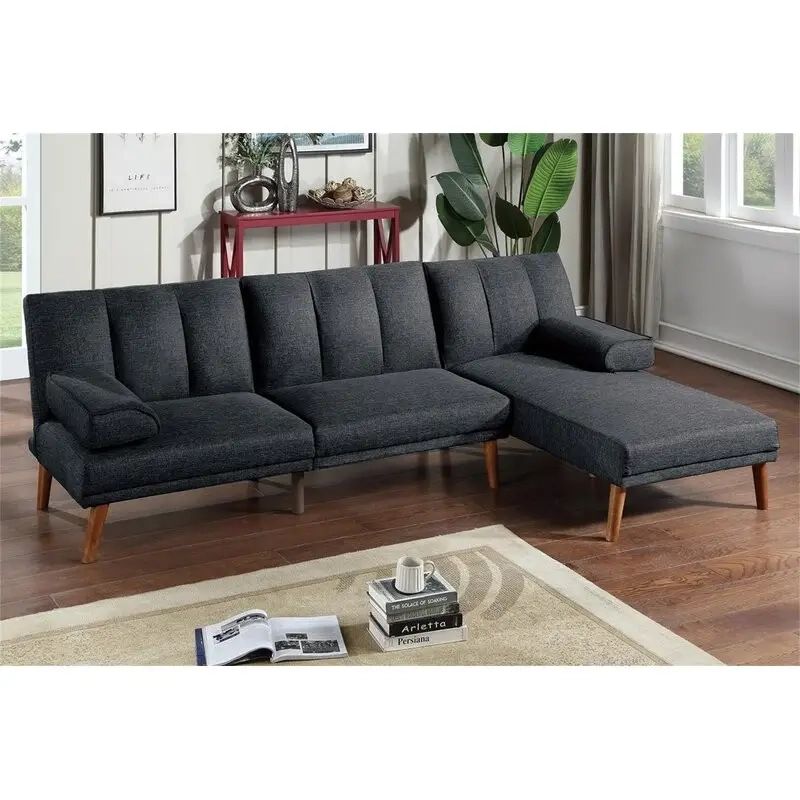
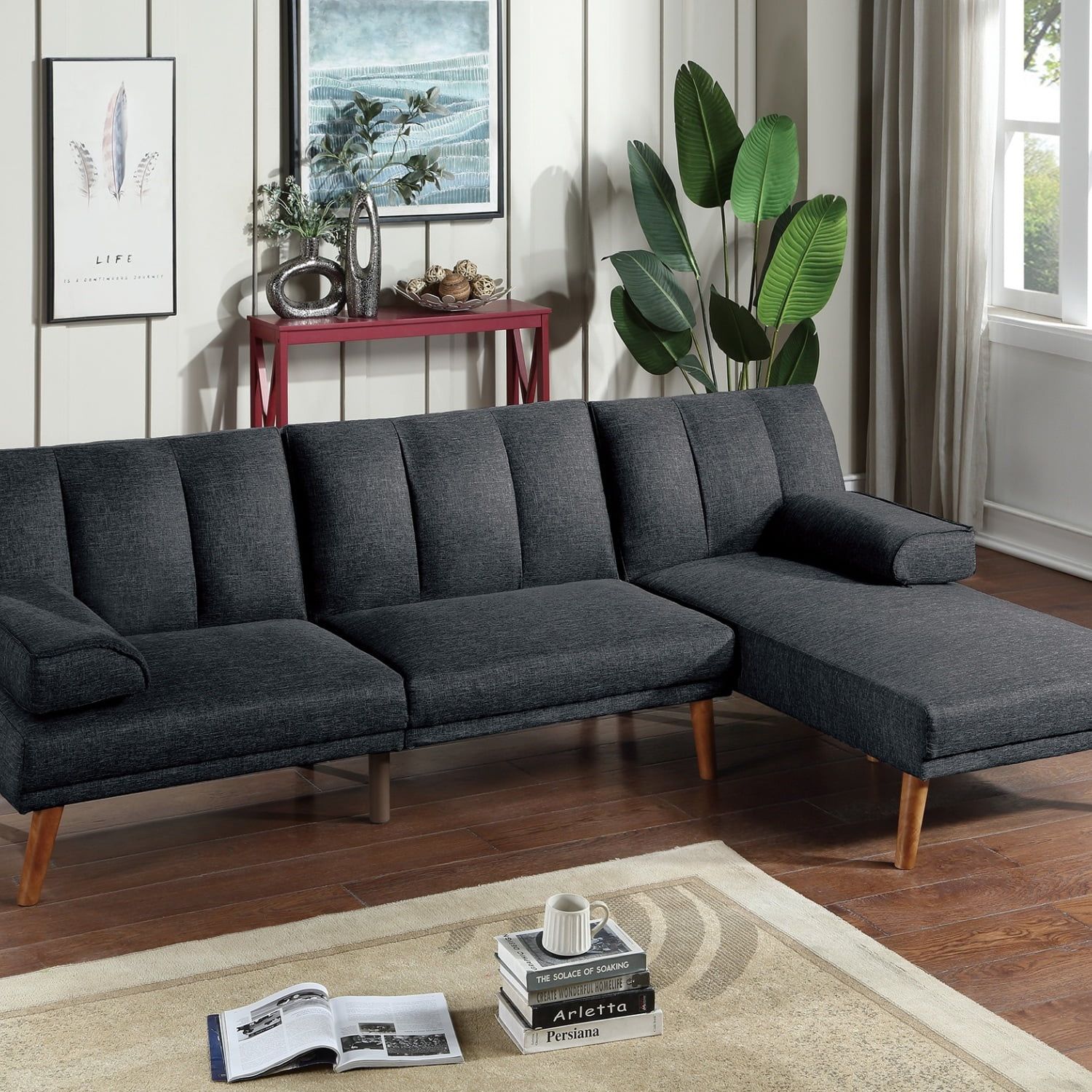
![[Us In Stock] Living Room Furniture 2Pc Sofa Set Sofa And Loveseat ... in Understanding the Durability of Your Polyfiber Sectional](https://northcarolinafinearchitecture.com/wp-content/uploads/2025/05/us-in-stock-living-room-furniture-2pc-sofa-set-sofa-and-loveseat-in-understanding-the-durability-of-your-polyfiber-sectional.jpeg)
